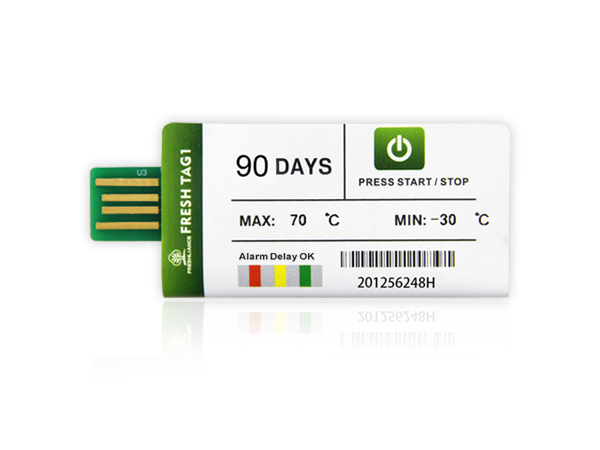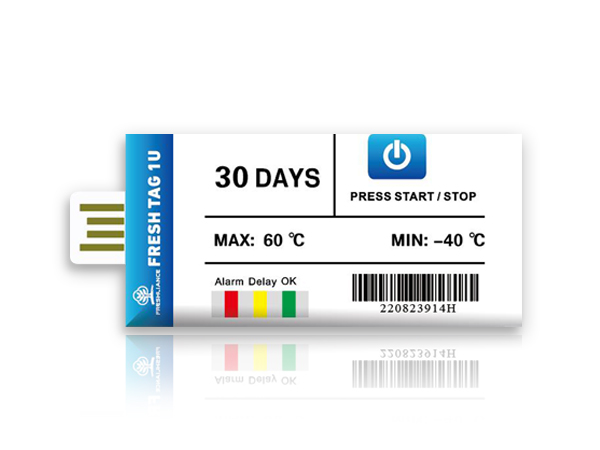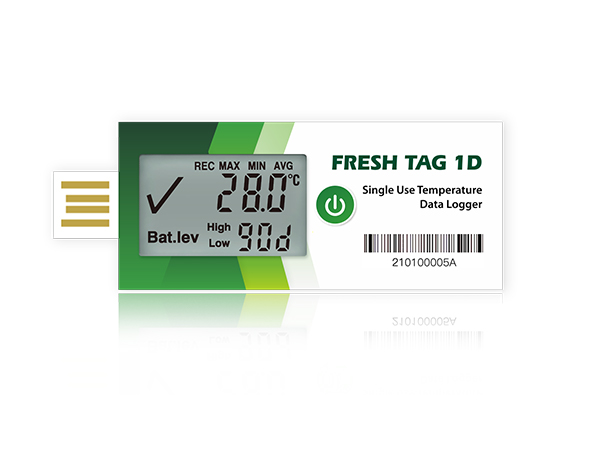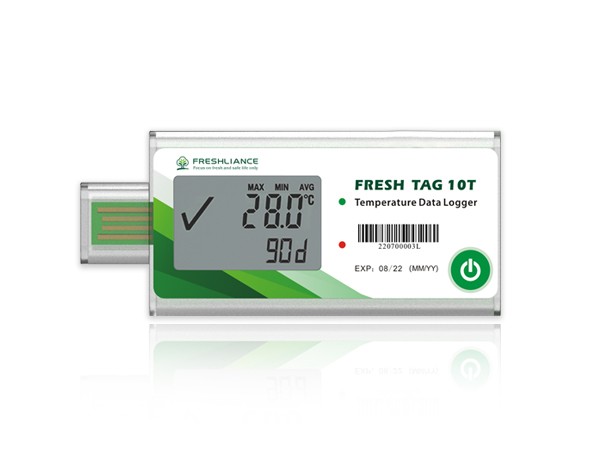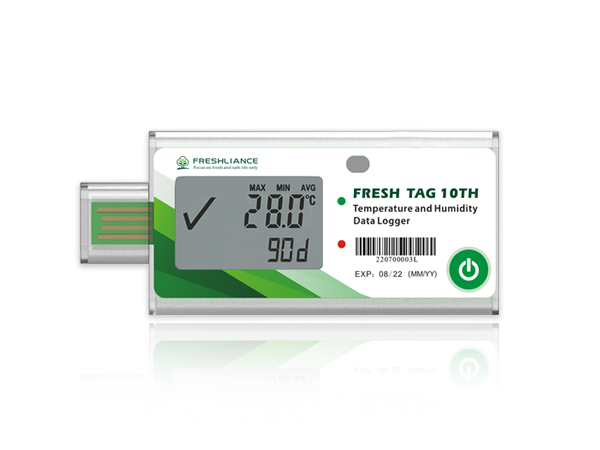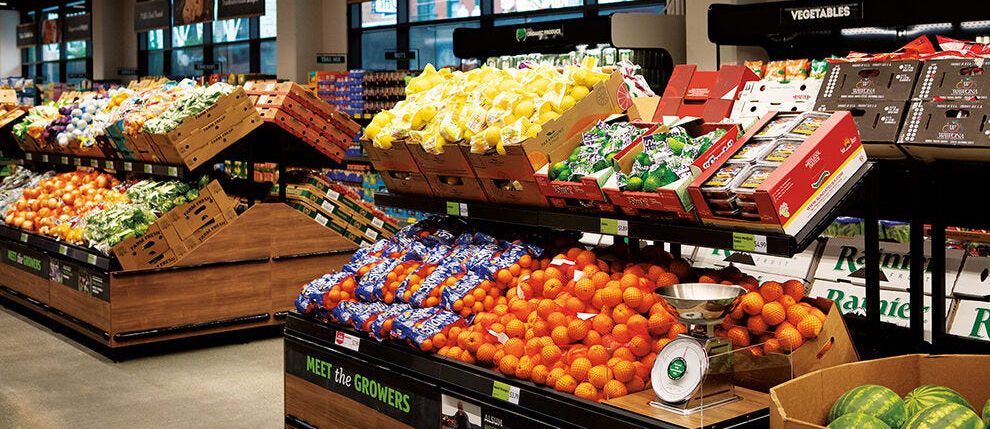
Supermarkets, as we all know, have different departments serving a variety of food. Each department has its own set of unique challenges when it comes to maintaining quality, but more importantly, maintaining food safety. Foodborne illness hospitalizes hundreds of thousands of people each year, but this can be reduced through more robust food safety practices.
When it comes to food safety, the best way to prevent foodborne illnesses and keep customers safe is prevention. Food in the danger zone is susceptible to bacteria growth, so the best way to prevent bacteria growth is temperature monitoring.
When it comes to monitoring grocery temperatures, there are three broad categories that goods fit into. Each one has specific temperature needs.
Refrigerated goods are stored between 32℉-40℉(0℃-4.44℃). Frozen goods are stored below 0℉(-17.8℃).
Even dry goods need to be stored at specific temperatures. The temperatures for dry goods might not be as strict as they are for frozen or refrigerated goods. However, they are generally stored in the 50℉-70℉(10℃-21.11℃) range.
The temperature data loggers can be placed throughout a storage area to ensure that the proper temperature is being maintained.
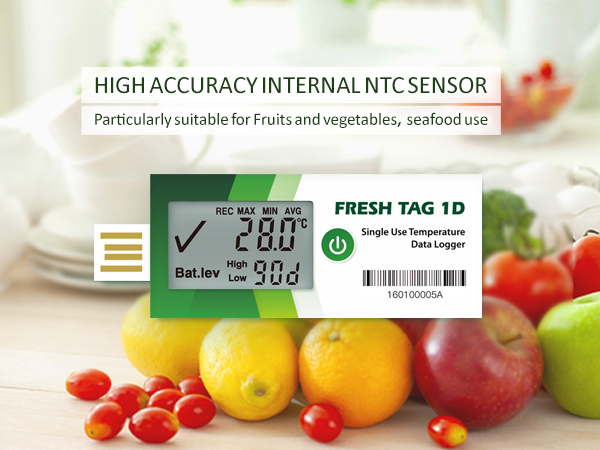
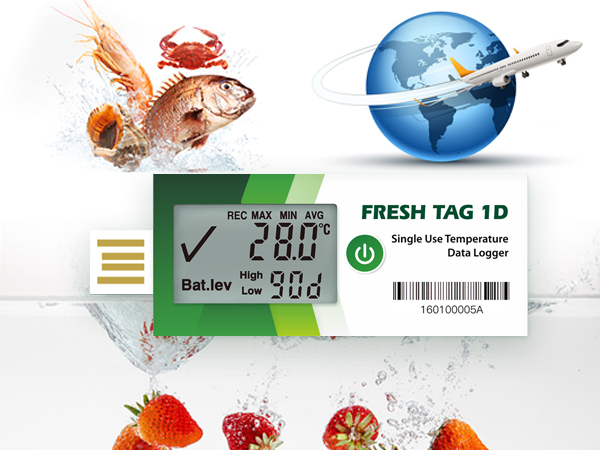
LCD Single Use Temperature Datalogger with PDF Report Fresh Tag 1D could monitoring temperature range from -30℃ to +70℃, which covers all kinds of cold chain shipping including seafood, fruits, vegetables and meat. It is perfect for frozen foods, fresh food, vegetables, fish, cold storage, etc.
The USB temperature sensor has compact profile and lightweight design, but the LCD screen accounts for a large proportion. It can show the temperature data more clearly and intuitively.
Fresh Tag 1D USB sensor temperature data logger with PDF Report is could help guarantee food product to maintain high quality and optimum shelf life.
For the meat and fish products, also called frozen food, This data loggers temperature logger is very important to keep the growth of microbes as low as possible by maintaining temperature threshold values.
For fruits and vegetables, the most important thing is to prevent them ripening too early. Fruits, vegetables and flowers are highly perishable commodities that require proper environmental monitoring in post-harvest processing to maximize freshness, quality and shelf life from the field to the table.
The environmental condition of temperature-sensitive products must be carefully monitored and documented during handling and storage, to ensure food safety, quality and a longer shelf life, especially for highly perishable products such as produce, dairy, seafood, meat, poultry and floral product.
Freshliance provide all kinds of temperature data logging or temperature and humidity data logging solutions to make sure every change in whole cold chain solution will be traced and recorded irreversible, PDF Logging, CSV temperature history, online IOT logging in any format are available.

 English
English Español
Español Русский
Русский Français
Français Deutsch
Deutsch عربي
عربي 中文
中文